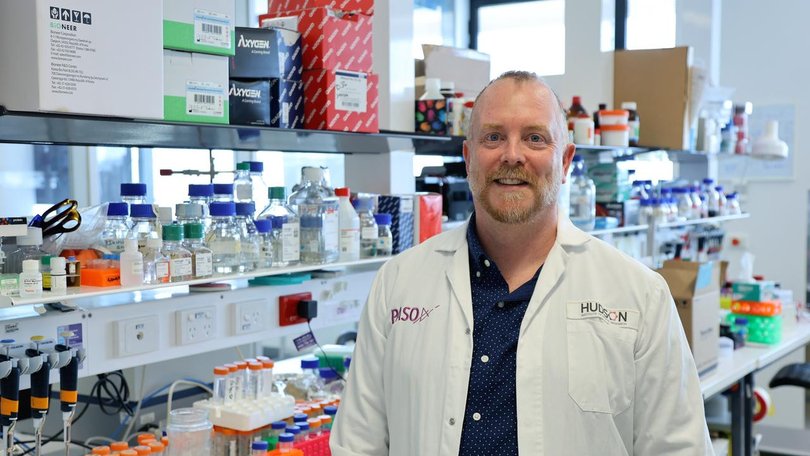'Invisible' cancer revealed to body as researchers try to unlock key to prevent spread

Helping the body’s own killer cells to recognise tumours could hold the key to fighting deadly cancers, new research shows.
Immune pathways that have been deactivated make tumours invisible to the body’s innate defence system, but Hudson Institute researchers have found a way to switch the pathways back on.
Melbourne’s Hudson Institute of Medical Research investigates and develops preventative treatments, therapies and devices for a wide range of diseases and conditions.
Sign up to The Nightly's newsletters.
Get the first look at the digital newspaper, curated daily stories and breaking headlines delivered to your inbox.
By continuing you agree to our Terms and Privacy Policy.Treatments harnessing the patient’s immune system to fight tumours have changed the playing field in recent years, but are ineffective in most cases once a tumour becomes “invisible” to the immune system.
One Australian dies every hour from lung cancer, and in the case of small cell lung cancer - which accounts for one in six cases - the mortality rate is about 95 per cent.
STAT3, a protein that regulates multiple functions including immune response, can become “switched off” inside tumour cells, Associate Professor Dan Gough said.
“These things are really adapted to sense viruses ... but we’re finding out they’re very important in cancers,” Assoc Prof Gough told AAP.
“So with the absence of STAT3, this visibility is decreased and it means that these tumours can now spread outside of that primary tumour site within the lung, and they go throughout the body.”
The research found the pathway could be switched back on with interferons, which are signalling proteins commonly used to treat viruses.
Interferons can cause side effects including dizziness and flu-like symptoms, so researchers are working to develop a more targeted drug to reactivate the immune function.
The breakthrough will likely have ramifications for Australia’s two most common cancer types - breast and prostate cancer.
“Metastatic breast and prostate cancer have also shown the loss of a similar pathway leading to the immune silence of the primary tumour, which enables the metastatic spread,” Assoc Prof Gough said.
The research was undertaken with help from Monash Health, Cancer Care Manitoba and Peninsula Oncology, and was the first to link the cascade of immune events with the metastatic spread of small cell lung cancer.
While the treatment was shown to limit the spread of tumours, it did not result in any tumour reduction and would be used alongside existing treatments.
“If you imagine you combine those sort of tumor-toxic chemotherapies alongside this type of therapy, which would then limit the metastatic spread, the patient stands a better chance,” Assoc Prof Gough said.
